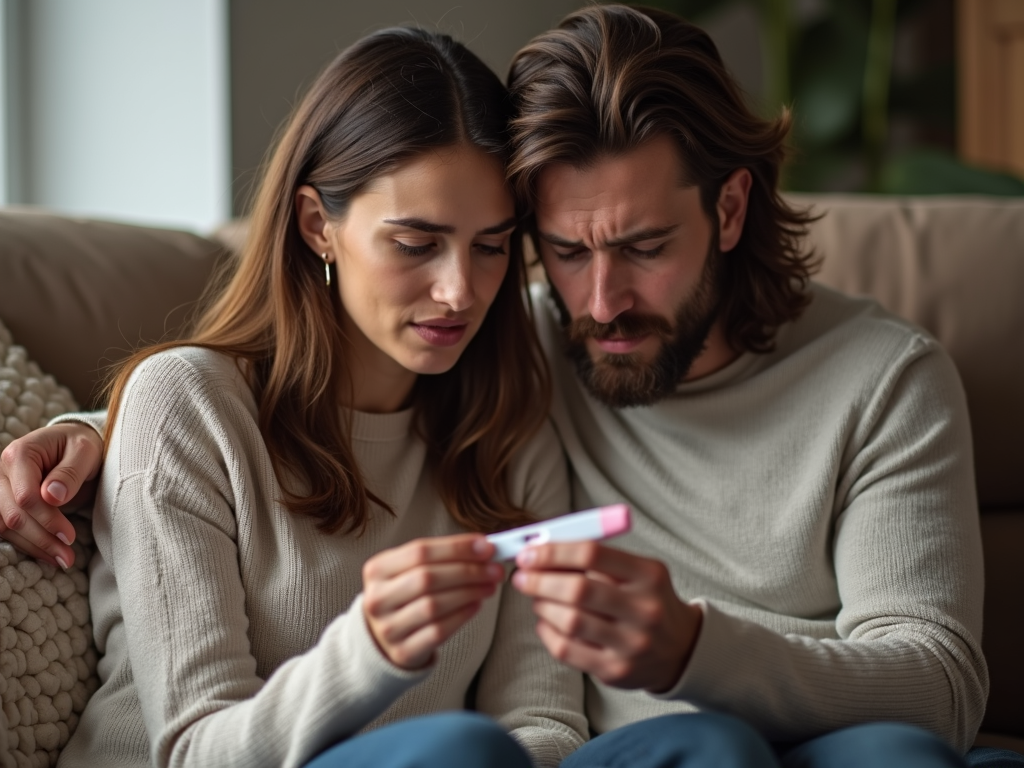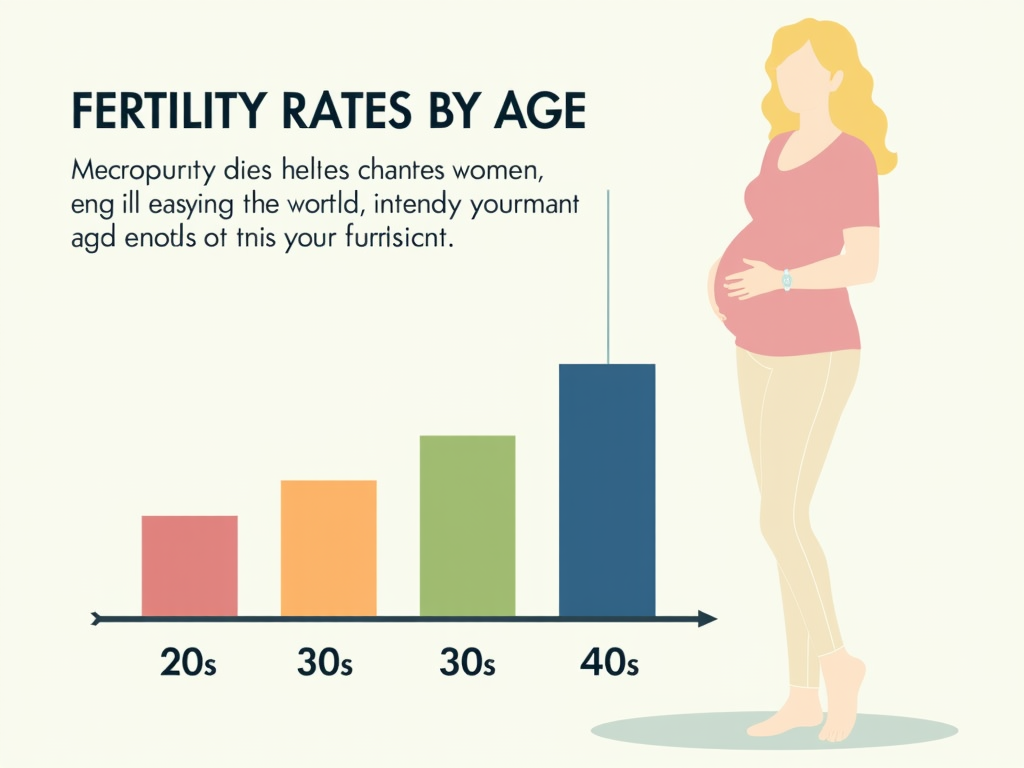Navigating Infertility: Personal Stories and Advice
June 6, 2025, 7:45 a.m.
Infertility touches millions of lives, yet it’s often a silent struggle. This article dives into Navigating Infertility: Personal Stories and Advice, blending real experiences with practical tips. We’ll explore the biological clock, debunk myths, and discuss fertility options—offering hope and clarity in a conversational, easy-to-read way.
A Personal Look at Infertility
Infertility means not getting pregnant after a year of trying—or six months if you’re over 35. But it’s more than a medical term; it’s an emotional ride. My partner and I faced this ourselves. Sitting in a doctor’s office, we heard “unexplained infertility” and felt lost. We’re not alone—about 12% of U.S. women aged 15-44 face this, says the Centers for Disease Control and Prevention (CDC).

Take Sarah, a 38-year-old teacher. She told me, “I thought pregnancy would happen fast. After two years, I felt like a failure.” Her story hits home for many. The silence from loved ones can sting. That’s why finding support matters. Check out Resolve: The National Infertility Association for communities and resources to lean on.
Understanding the Biological Clock: Myths and Facts
The phrase “biological clock” gets thrown around a lot. Some say women can’t conceive after 35. That’s a myth. Fertility does drop with age, but it’s not a cliff. The American Society for Reproductive Medicine (ASRM) explains: a 30-year-old has a 20% chance of conceiving monthly, dropping to 5% at 40. Everyone’s different, though.

Here’s another myth: infertility is just a woman’s problem. Wrong. It splits evenly—one-third female issues, one-third male, and one-third mixed or unknown. My partner and I tackled it together, which made it less lonely. Getting both partners tested early can clear up confusion and guide next steps.
Fertility Preservation Options for Women Over 35
If you’re over 35, fertility preservation might catch your eye. Egg freezing is a big one. You stimulate your ovaries, retrieve eggs, and freeze them for later. The Mayo Clinic says success depends on your age—younger is better, but it’s no sure thing. It’s a way to ease the pressure of fertility preservation and age.

Other choices exist too. Embryo freezing works if you have a partner, while ovarian tissue freezing is newer and less common. Each has trade-offs. Talk to a specialist about fertility preservation options for women over 35. Your health and plans shape what’s best—not just your age.
Handling the Emotional Side
Infertility wears you down emotionally. I’d track ovulation, hope each month, and crash when the test was negative. It was exhausting. Friends having babies didn’t help. I learned it’s okay to step back—skip events that hurt and talk openly with your partner. It kept us strong.

Therapy can be a game-changer. Many fertility clinics offer it, or you can find specialists via Psychology Today. Don’t bottle it up—talking helps you process the ups and downs of navigating infertility.
Practical Steps to Take
Here’s how to move forward:
- Learn the Basics: Understand fertility and your body. Sites like FertilityIQ have free lessons.
- See a Pro: Find a reproductive endocrinologist. Ask your doctor or friends for leads.
- Weigh Options: From diet tweaks to IVF, explore what fits. Every path is personal.
- Connect: Join support groups—online or local. Shared stories lift you up.
- Rest: Take breaks. Hobbies and exercise keep you grounded.

Wrapping Up
Navigating Infertility: Personal Stories and Advice shows it’s a tough but shared journey. We’ve covered the biological clock, busted myths, and explored fertility preservation. You’re not alone—resources and people are out there to help. Take it day by day, and be gentle with yourself.